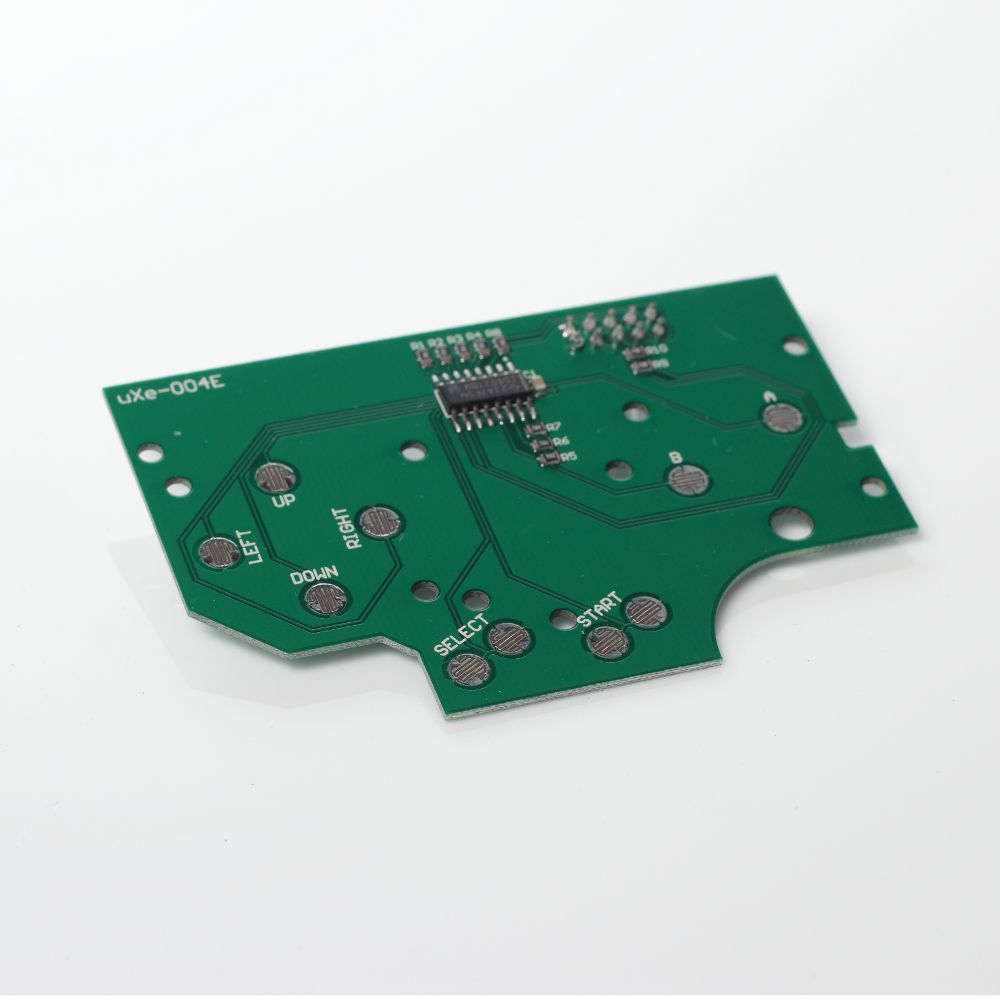That is strange. I probably won't need to fuss with data_Latch until I get a steady image but I appreciate the input. Do you know if the pixel data remains at its value between that "short delay" or does it return to blank (00)? I assume I will find a stripe down the left side of the screen once I get a steady image?
Apparently it is to do with the shift register for the LCD only having 159 stages - you'll find more detail at the bottom of this page:
http://blog.kevtris.org/blogfiles/Nitty … Timing.txt
I can't speak to the state of the GameBoy's DATA lines during DATA_LATCH as I've only looked at this from the perspective of controlling the lines independently of the GameBoy CPU for my Arduboy Classic project.






